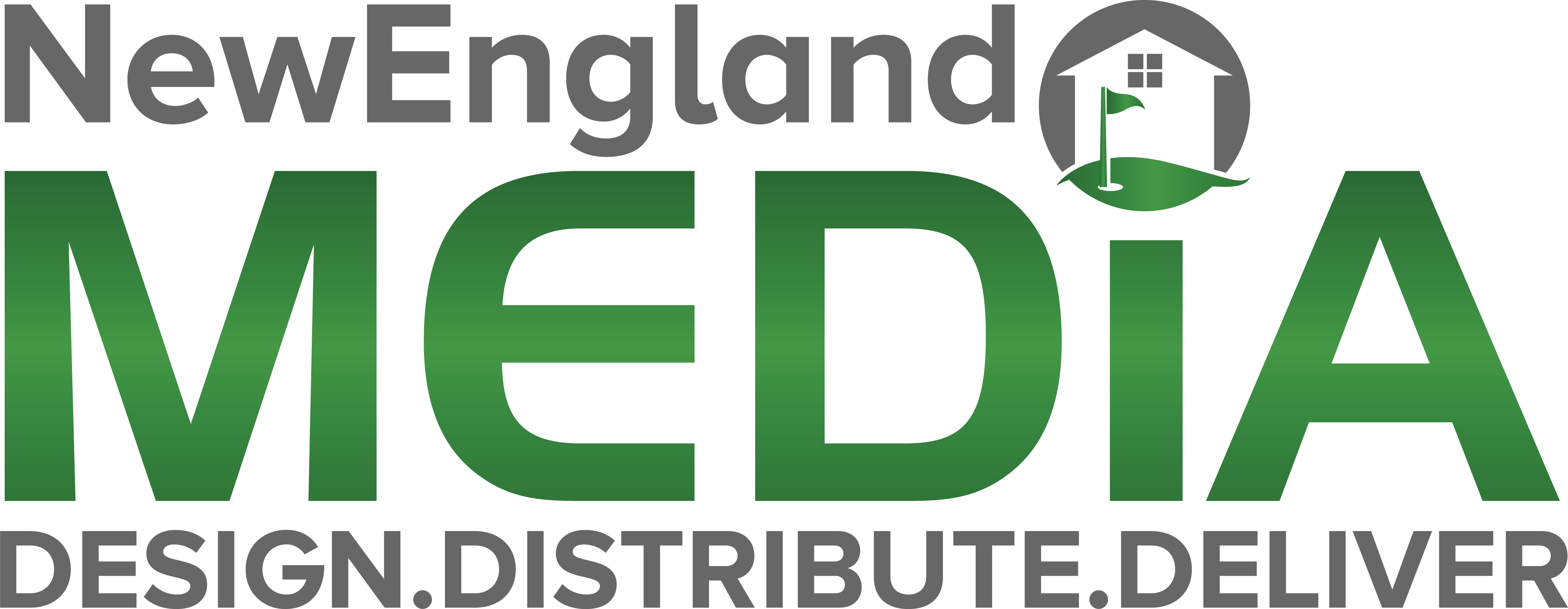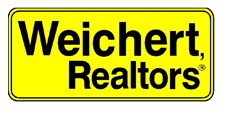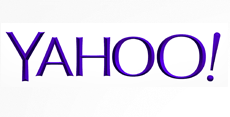When it comes to building a website, typography plays an essential role. While it may seem insignificant, using the right font and typeface on your website can make all the difference in conveying your message and creating an image for your business.
Good typography has the power to provide clarity to your website’s content, encourage engagement and create a memorable experience for your visitors. It can also help to establish trust between you and your audience. So, it is essential to choose the right fonts for your website.
For business owners, typography can be one of the most overlooked aspects of web design, yet it plays a pivotal role in the success of your website. In this article, we’ll explore the importance of typography in web design and provide tips for choosing the perfect fonts for your website.
The Impact of Typography on Web Design
Typography is an art form. It involves combining letterforms and typefaces to create an aesthetically pleasing and effective design. The typography used on your website helps to create an identity for your business, set the tone of your brand, and establish trust with your audience.
It’s important to choose the right fonts for your website. Typography can make or break the overall look and feel of your website. The wrong font can look unprofessional and make it difficult for visitors to read your content. The right font, on the other hand, can create a positive experience and improve engagement.
Good typography also has the power to improve website usability. It can make the text easier to read, which can help visitors find the information they’re looking for quickly and easily. Good typography also helps to bring structure and hierarchy to your website’s content, making it easier for visitors to scan and find what they’re looking for.
How to Choose the Perfect Fonts for Your Website
When it comes to choosing the perfect font for your website, there are a few things to keep in mind.
Visual Appeal and Readability
The font you choose should be visually appealing and easy to read. It should reflect the tone of your brand and be appropriate for your audience.
Font Size
When selecting a font size, striking the perfect balance is key. The text should be large enough to be legible yet not so big that it crowds out other elements on the page. Aim for fonts ranging between 16 and 18 px for optimal readability on web pages.
Spacing
Consider the spacing between letters and lines of text. Too much or too little space can make text difficult to read.
Type of Font
The type of font you choose can have a big impact on the look and feel of your website. There are several different types of fonts to choose from, including serif, sans serif, script and decorative fonts. The best approach is to experiment with different types and find the one that works best for your website.
For example, Serif fonts like Times New Roman and Georgia are ideal for professional websites and can help to convey a sense of authority, while sans serif fonts like Arial and Helvetica are great for modern designs and work well with minimalistic layouts. Script fonts like Lobster and Pacifico can add a personalized touch to your website, while decorative fonts like Impact and Monaco can help create an eye-catching design.
Number of Fonts
Too many fonts can make your website look cluttered and unprofessional. It’s best to stick to two or three fonts, one for body text, one for titles and headings, and an optional third font for accents.
Web-Friendly Fonts
Make sure to choose web-friendly fonts that are supported by most web browsers. Google Fonts is a popular resource for free, open-source fonts that are optimized for the web.
Complementary Fonts
When combining fonts, ensure they complement each other and create a harmonious look on your website. Consider the overall color scheme and graphics on your website and ensure that the fonts you choose to match or complement the other elements.
Take your time to experiment with different options and find the perfect font for your website that is easy on the eyes, reflects your brand and enhances the user experience.
Examples of Great Typography
Before we conclude, let’s take a look at some examples of great typography in web design.
Apple is a great example of a company that uses typography to create a powerful brand identity. The font they use for their logo is both modern and timeless and perfectly reflects the tone of their brand. The font they use for their website is simple and easy to read, while still being stylish and unique.
Airbnb is another great example of typography in action. Their font choice is modern and unique while still being easy to read. They also use different fonts for different parts of their website, which helps to create a visually appealing and organized design.
Conclusion
Choosing the right font for your website is essential for a successful web design. It can help to create a strong brand identity, establish trust with your audience, and improve engagement.
When selecting fonts, it’s important to consider factors such as the font size, the spacing between letters and lines of text, and the type of font you’re using. It’s also important to stick to a maximum of three fonts to avoid a cluttered and unprofessional look.
As you can see, typography plays an essential role in web design and can be the difference between a successful website and one that fails to engage its audience.
If you’re looking for professional and effective web design services, look no further than Real Internet Sales. We understand the importance of typography and are dedicated to creating beautiful, user-friendly websites that help bring your vision to life. Contact us today to get started!


















